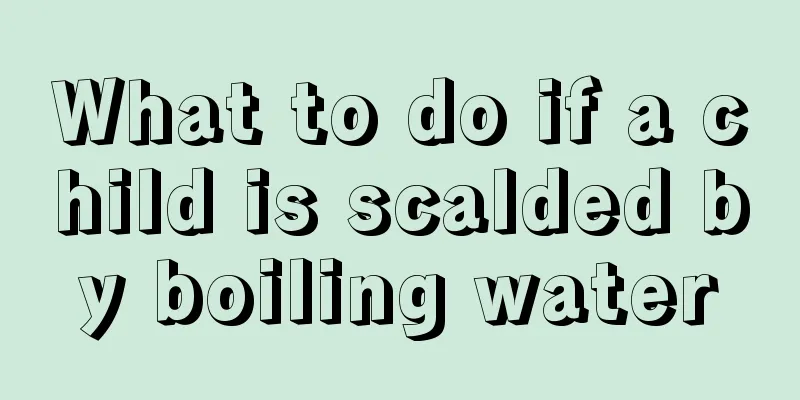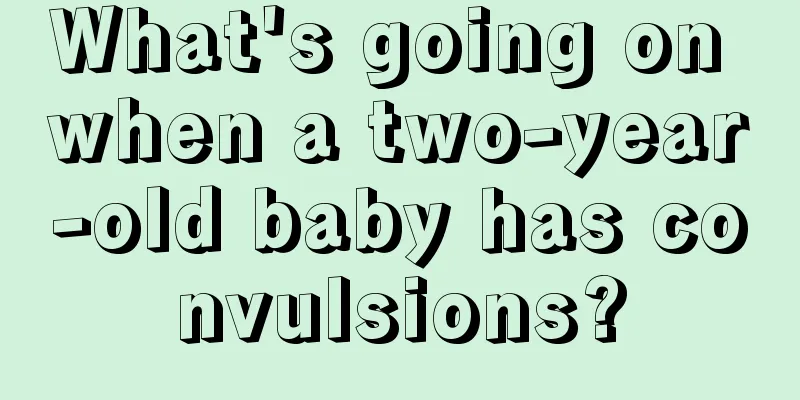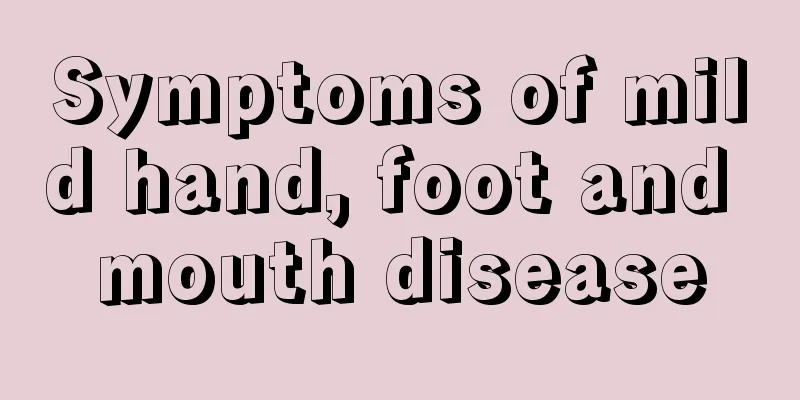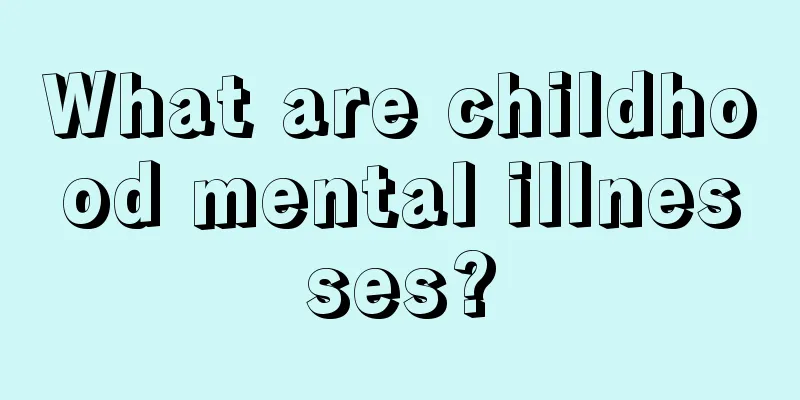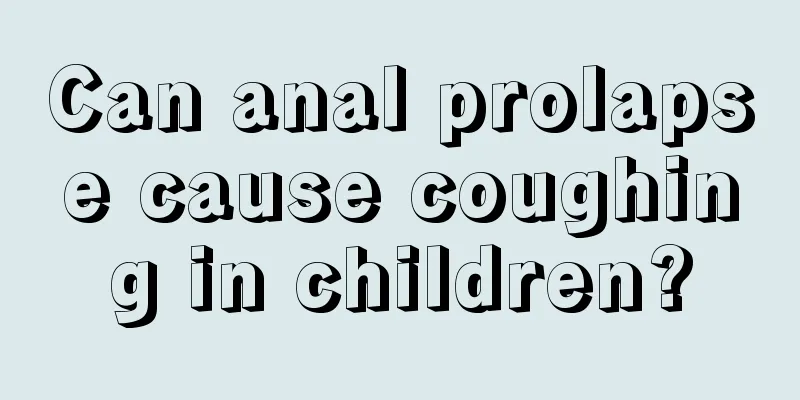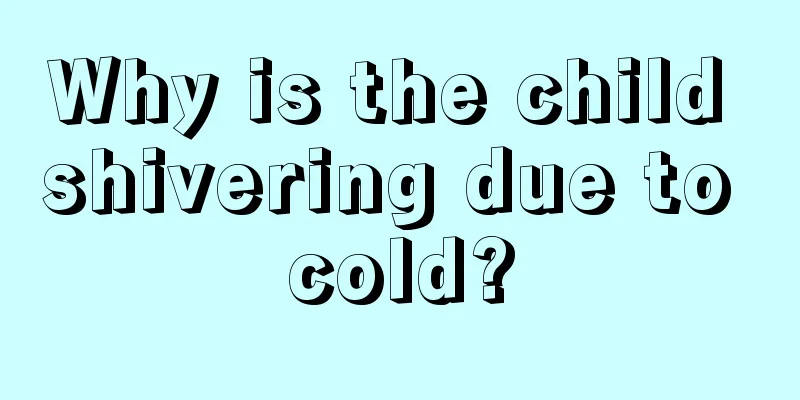How to treat sinusitis in teenagers?
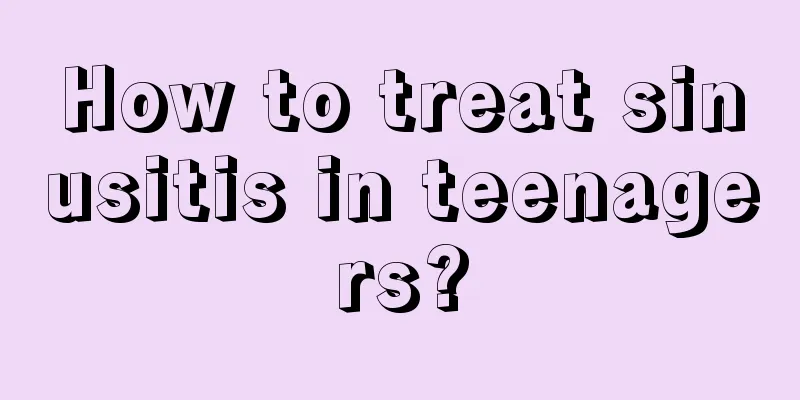
|
When teenagers suffer from sinusitis, they will keep digging their nostrils because of itching. In the long run, it is easy for children to develop more serious diseases due to untimely treatment of sinusitis, which is not good for their health. When children accidentally suffer from sinusitis, parents are really anxious and worried that their children's sinusitis cannot be treated well. So how should adolescent sinusitis be treated? 1. Minimally invasive treatment under nasal endoscopy: This therapy is suitable for sinusitis of any different nature, scope and severity of the lesions. It is a minimally invasive surgical mode with the purpose of clearing the lesions, protecting and preserving the nasal and sinus mucosa as the basis, and minimizing the trauma to the nasal and sinus structure, morphology, natural drainage openings and channels. The brightness of the cold light source under the nasal endoscope is equivalent to 20 times that of a shadowless lamp. The clear field of vision enables the surgery to achieve more refined results. The 3.5mm small hole can magnify the diseased tissue several times and transmit the synchronously captured images to the corresponding computer screen, so that the patient's diseased area can be seen at a glance. 2. Freezing-point minimally invasive therapy: It is a minimally invasive surgery that mainly removes the source of rhinitis in a freezing-point low-temperature environment. Its principle is first to formulate a reasonable treatment plan based on the specific condition of the rhinitis patient. It can choose the freezing-point minimally invasive treatment technology suitable for the condition according to the patient's specific symptoms. It uses freezing-point minimally invasive combined treatment for various types of rhinitis with the assistance of nasal endoscope. It is different from single treatment methods such as drugs, conventional surgery, and rhinitis treatment devices. It is currently widely used in clinical practice. It has little effect on the ciliary function of the nasal concha mucosa and is less likely to damage the normal tissues around the nasal concha. The maximum penetration depth is 2mm and the intraoperative bleeding is generally 1-5ml. Visual technology targets the diseased tissue for treatment without damaging the normal nasal mucosa and tissues. 3. Jesse cryogenic plasma ablation in the United States: Although the therapeutic bullet of Jesse cryogenic plasma is thin, it is very strong and can be trimmed and bent as needed. With the cooperation of the "German Storz nasal endoscope" system, the bullet can easily reach lesions in any part of the ear, nose and throat. When treating children's sinusitis, antibiotics should be used when necessary. Antibiotics should not be given to children blindly, as they can cause great harm to children's bodies. It is necessary to choose the right method to treat children. Antibiotics can reduce children's physical fitness. During the treatment of children's sinusitis, children must be given a lighter diet. |
<<: What are the symptoms of sinusitis in teenagers?
>>: The reason why seven-month-old babies grind their teeth
Recommend
What is the cause of gastroesophageal reflux in children?
Esophageal reflux is a disorder of esophageal fun...
Can children take folic acid?
Folic acid is an element rich in vitamin B group,...
Is it really good for children to drink pure milk?
Parents are naturally more worried about the nutr...
What should I do if my baby keeps coughing?
When you encounter a baby coughing, you still nee...
The child has small red bumps all over his body
Children themselves have weaker resistance, so pa...
How to educate sensitive children? Parents must know
Sensitive children are usually very fragile insid...
Anemia in children
Anemia is a disease that occurs in the human body...
Baby's vaccinations delayed for 7 months
Babies need to receive different types of vaccine...
Can children soak their feet? What are the benefits?
The cold winter is coming soon. Many elderly frie...
At what age is it normal for girls to develop
The development of girls has always been a concer...
What to do if your baby has gingivitis
Problems with teeth can cause us some pain, espec...
How to communicate with your baby
Parenting is very technical, especially when it c...
What is the reason for the baby's forehead to be cold?
Caring for a baby requires parents to pay great a...
How to reduce fever in children with cold limbs
The phenomenon of children catching a cold cannot...
If both parents are not tall, can the child grow taller?
During the growth stage of children, many parents...

